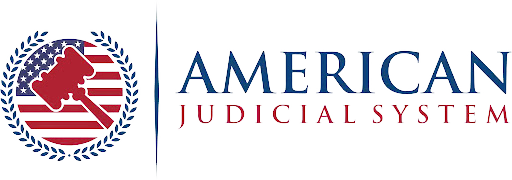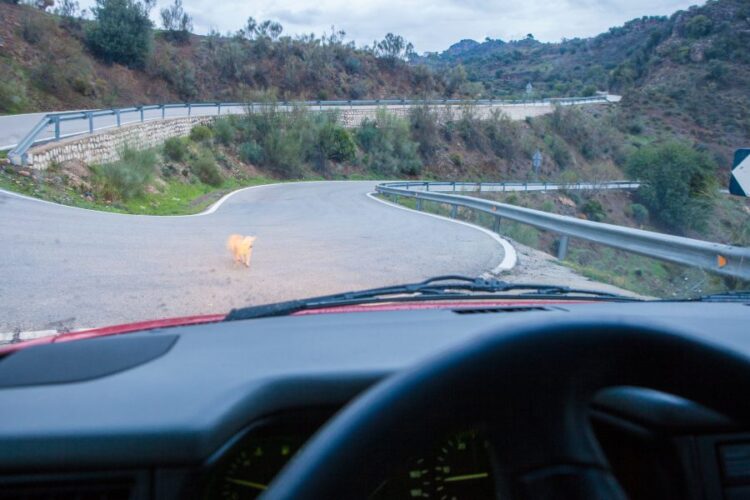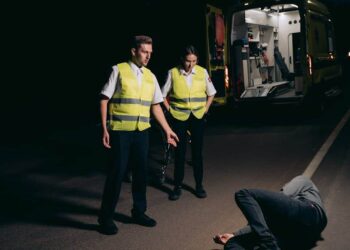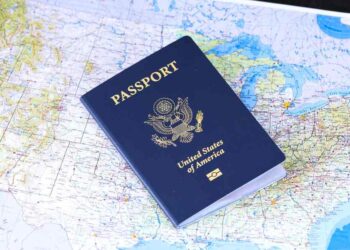Hitting a dog with your car is something no driver ever wants to face, but it happens more often than people think. In that moment, it’s hard to know what to do. Do you stop, call someone, or just keep going? Many drivers aren’t sure what the law says, and making the wrong move can lead to legal trouble or tension with the dog’s owner.
This article explains what drivers need to understand about dog car accidents. We’ll break down the steps you should take and your legal responsibilities.
What the Law Says About Hitting a Dog
Laws around dog car accidents can be confusing, especially since they often differ from how other animal-related accidents are handled. Here’s what drivers should know.
Hitting a Dog vs. Other Animals
If you hit a dog with your car, the law usually treats it differently than hitting a wild animal. Dogs are considered personal property in most states, so striking one can be viewed the same way as damaging someone’s belongings. That’s a key reason why drivers might face legal trouble, even if the accident was unintentional.
State Laws May Differ
Laws about dog car accidents are not the same across the country. In some states, drivers must report the accident right away, while in others, it may only be required if the damage is above a certain amount. Some states have specific rules that treat dogs more like family members, which can increase the penalties. Because the rules vary so much, it’s a good idea to check with a pedestrian accident attorney in your area to know the emergency steps after hitting a dog.
What Drivers Are Required To Do After Hitting a Dog
If you hit a dog while driving, there are important steps you’re expected, or sometimes legally required, to take.
Stop and Stay at the Scene
If you hit a dog with your car, the first thing you must do is stop. In many places, driving away without helping can be considered a hit-and-run, even though the victim is an animal. Staying at the scene shows responsibility and may help you avoid legal trouble later.
Who To Call
Once you’ve stopped and made sure the area is safe, call the right people. Contact local animal control or the non-emergency police line to report the incident. If the dog is still alive and hurt, ask for emergency help. If you can find an ID tag or microchip, try to reach the owner directly.
Reporting the Accident
In some states, you’re legally required to file a report. It’s especially true if there’s damage to your car or injury to the dog. Even if it’s not required, it’s smart to report the accident anyway. Write down details like the time, place, and any steps you took. This record could help protect you if legal questions come up later.
Who Is Legally Responsible for the Accident?
Figuring out who’s at fault in a dog car accident isn’t always simple. Responsibility often depends on how the accident happened and who may have acted carelessly.
Is It Always the Driver’s Fault?
Not always. While drivers are expected to stay alert and avoid accidents, hitting a dog isn’t automatically their fault. Courts often look at the situation to decide who was being careless. If the driver was speeding, distracted, or driving recklessly, they might be held responsible. But if the dog ran into the road suddenly and the driver couldn’t have avoided it, the blame might not fall on the driver.
Leash Laws and Fenced Yards
Local leash laws play a big part in deciding who is at fault. If a dog was off-leash in a public place where leash use is required, the owner may be held responsible for letting the dog roam free. In neighborhoods, if a dog escapes from an unfenced yard or broken gate, the owner might be considered careless. On the other hand, if the dog was properly secured and the driver still hit it due to reckless driving, the driver may still be liable.
Will Insurance Cover Damages?
After a dog car accident, one of the first questions people ask is whether insurance will help cover the costs. The answer depends on the type of policy and who’s involved.
Auto Insurance Coverage
Whether your insurance covers the costs after hitting a dog depends on your policy and the situation. If your car was damaged, your collision coverage might help pay for the repairs, though you’ll still need to cover the deductible. If the dog’s owner sues you for the loss of their pet, your liability coverage could help pay for that, too. Keep in mind, though, that some policies don’t include animal-related accidents unless you’ve added special coverage.
Homeowners Insurance (Dog Owner’s Side)
On the other side, if you’re the dog’s owner and someone hits your pet, your homeowners or renters insurance might help. Some policies cover personal property damage, which can include pets in certain cases. However, coverage varies widely, and emotional distress or vet bills may not be included unless clearly stated in the policy. It’s important for both drivers and dog owners to review their coverage in advance so they know what to expect if something like this ever happens.
What If the Dog Is Hurt or Dies?
When a dog is badly injured or dies in an accident, the situation becomes even more emotional. And in some cases, legal action may follow. Here’s what that can look like.
Possible Legal Claims by the Dog Owner
If a dog is seriously injured or killed in an accident, the owner might decide to take legal action. In most states, a dog is legally viewed as property, so the owner may file a claim for the “value” of the dog. This can include the cost of the dog, medical bills, and sometimes burial or cremation costs. In a few states, owners can also ask for money for emotional distress, but this is less common and usually limited.
What the Dog’s Life Is “Worth” Legally
Courts may consider the breed, age, training, and use of the dog when deciding how much it was worth. For example, a trained service dog or purebred show dog may have a higher value than an untrained household pet. While no amount of money can replace a pet, the law often sticks to the idea of property damage when awarding compensation.
Tips for Drivers To Handle the Situation Properly
Accidents involving dogs are stressful, but how you respond matters. Here are steps you can take to handle things the right way:
- Stay calm and make the area safe. Pull over and turn on your hazard lights to avoid more danger.
- Check the dog’s condition. If it’s safe to do so, carefully check if the dog is hurt or alive.
- Call for help. Contact animal control or the police. If the dog needs urgent care, call a local emergency vet.
- Avoid moving the dog unless necessary. You could make the injury worse unless it’s in the road and at risk.
- Talk respectfully to the owner. If they arrive, stay calm and cooperative even if emotions run high.
- Take photos and write down details. Document the scene, your car, and the dog’s condition for records or insurance.
Following these steps can help you stay calm and do the right thing under pressure.
Final Thoughts
Accidents involving dogs are upsetting for everyone, but how you react makes a real difference. Knowing what the law expects (and following it) can protect you from legal trouble and show respect to the dog’s owner. From stopping at the scene to contacting the right people and reporting the incident, each step matters.
Whether you’re found at fault or not, handling the situation responsibly is the right thing to do. Stay calm, act with care, and be prepared.










